I know the title does not make much sense but here is the situation I'm working on a computer vision algorithm and i end up with something like

working with the algorithm is way too expensive and no matter how big the threshold i add there is always noise (that less concentrated lime green).
All I need is to end up with that concentrated pixels and at this point I really need clever idea to save processing.
No I don't really need code, just idea would get me going.